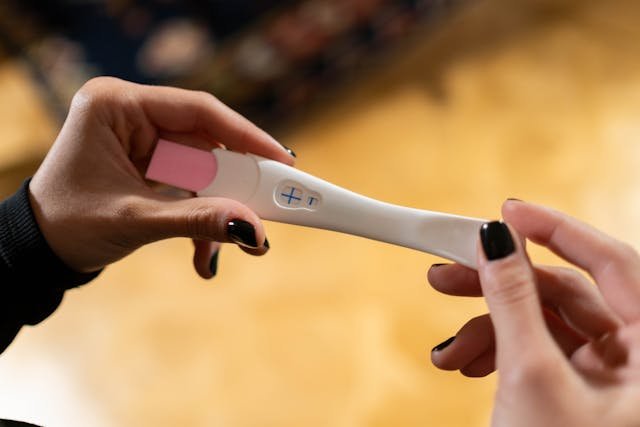5 Common Questions First-Time IUD Users Have and Their Answers
Intrauterine devices (IUDs) have become increasingly popular among women seeking long-term contraception. With their high effectiveness and convenience, it’s no wonder that many are opting for this form of birth control.
According to Global Market Insights, the global IUD market was valued at over $4 billion as of 2022. By 2032, this IUD market is projected to reach $7.5 billion.
However, for first-time users, there can be a lot of questions and uncertainties surrounding IUDs. In this article, we’ll address a few common questions that often arise for those considering or just starting with an IUD.
#1 Can an IUD break?
Yes, although rare, an IUD can break, typically due to physical trauma, improper insertion, or manufacturing defects. If a breakage occurs, it may compromise contraceptive effectiveness. It can also increase the risk of complications such as migration or perforation of the uterus. Prompt medical attention is necessary.
Some IUDs, like the Paragard IUD, are known to break when people try to remove them. In fact, according to TorHoerman Law, these Paragard IUD complications related to breakage are what led to the Paragard lawsuits.
Through the Paragard lawsuit, it was brought to public attention that these faulty IUDs tend to break when they’re being removed. That, in turn, can cause severe injuries to the user. These injuries caused internal bleeding and even organ damage in many cases.
The Paragard IUD lawsuit settlement amounts are between $10,000 and $400,000. The high settlement amounts indicate how grave the situation has gotten with the Paragard IUDs. Thus, although rare, IUDs can break and can cause serious injuries, too.
#2 What are the common side effects of using an IUD?
Like any form of contraception, IUDs can have side effects. Some common side effects include irregular bleeding or spotting, cramping, and changes in menstrual flow.
Hormonal IUDs may also cause side effects such as breast tenderness, headaches, or mood changes. According to Yale Medicine, these IUDs can also lead to irregular bleeding during the first few months after insertion.
Copper IUDs may lead to heavier periods and increased menstrual cramps for some individuals. It’s essential to discuss potential side effects with your healthcare provider before choosing an IUD and to report any concerning symptoms promptly.
#3 Can an IUD fall out or be expelled?
While an IUD can be expelled, it is relatively rare. The expulsion rate for IUDs is typically low, around 2 to 10 percent, within the first year of insertion. Factors that may increase the risk of expulsion include having never given birth, recent childbirth, or insertion immediately after a miscarriage or abortion.
Also, according to research published in the JAMA Network Open, IUDs are more likely to be expelled if you place them right after childbirth. As per the research, within three days of delivery, if an IUD is inserted, the expulsion risk over five years is around 11 percent.
You can reduce the risk of expulsion by ensuring that your IUD is correctly placed during insertion. Also, regularly checking the placement of the strings, which should protrude slightly from the cervix, helps prevent expulsion.
#4 Can I still get pregnant with an IUD?
While IUDs are highly effective at preventing pregnancy, no form of contraception is 100 percent foolproof. The chance of becoming pregnant while using an IUD is very low.
However, if you do become pregnant with an IUD in place, it is essential to seek medical attention promptly. That’s because the risk of ectopic pregnancy (a condition where the fertilized egg implants outside the uterus) is higher with an IUD. Your healthcare provider can determine the best course of action, which may involve removing the IUD to reduce the risk of complications.
#5 Is it possible to remove the IUD if I change my mind?
Yes, it is possible to have your IUD removed at any time by a doctor or nurse. If you decide to remove an IUD, your provider can safely remove the device during a simple office procedure. Removal is typically quicker and less uncomfortable than insertion, and fertility typically returns quickly after removal, allowing you to conceive if desired.
In conclusion, the decision to use an IUD may come with questions and uncertainties. However, understanding how they work and what to expect can help alleviate concerns.
Discuss your options with a knowledgeable healthcare provider and stay informed about the benefits and potential side effects of IUDs. That way, you can make an informed decision about whether this form of contraception is right for you. Remember to communicate openly with your provider about any questions or concerns you may have throughout the process to ensure your comfort and satisfaction.

